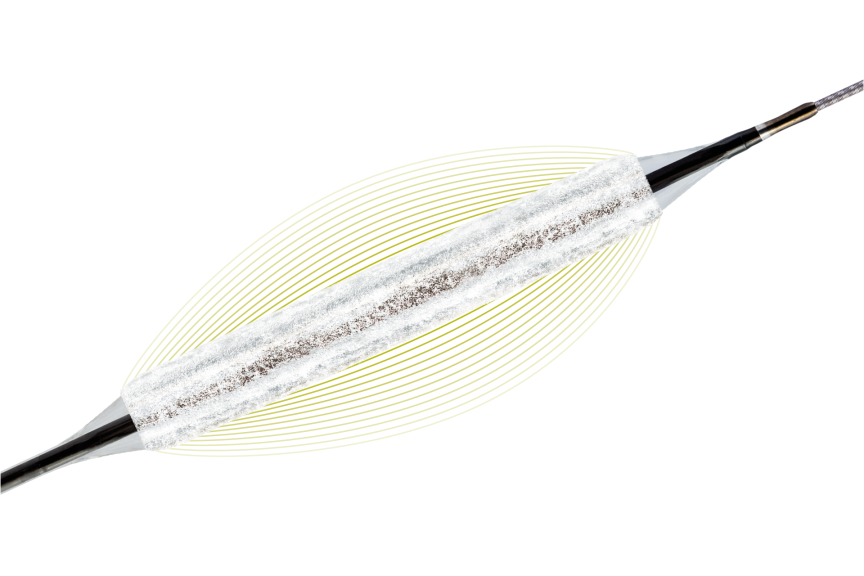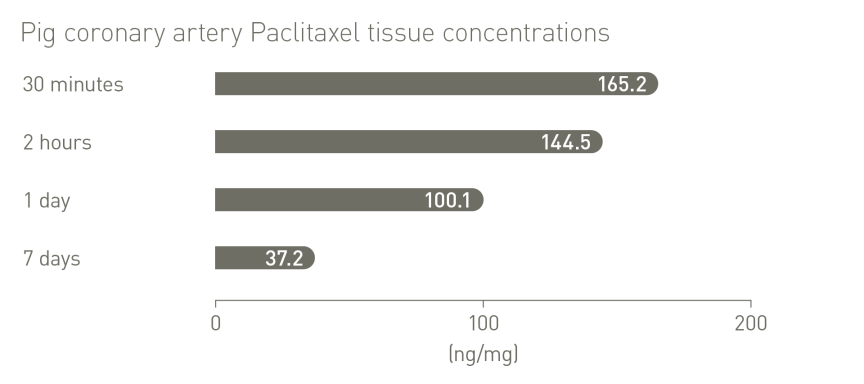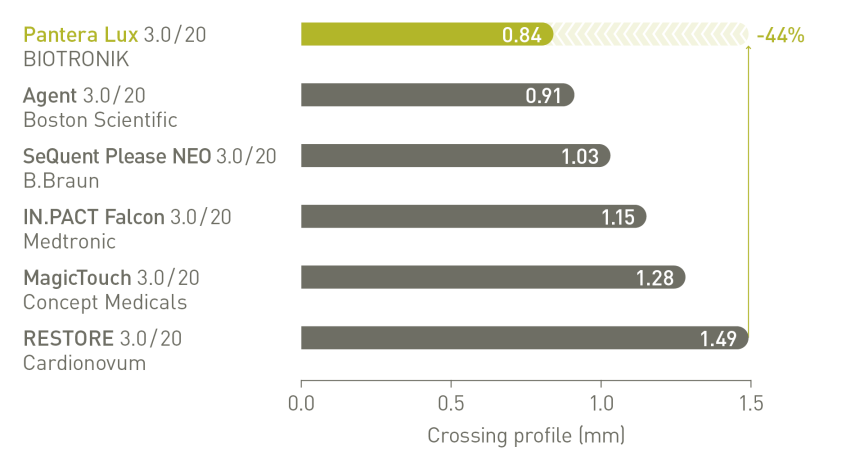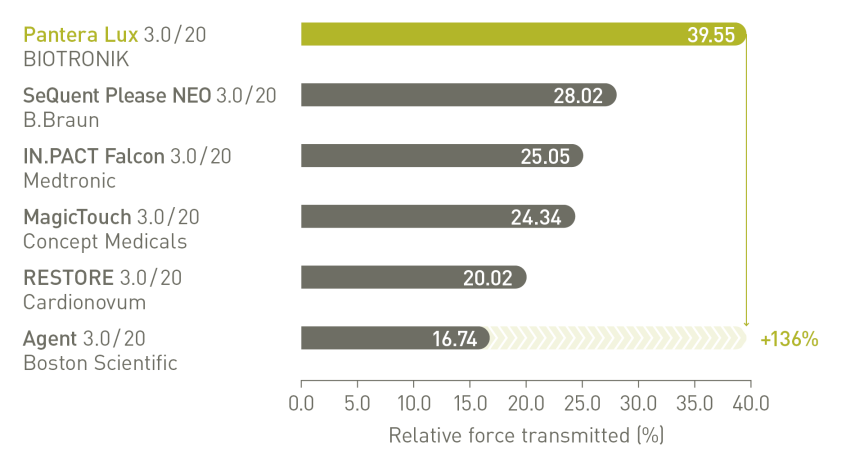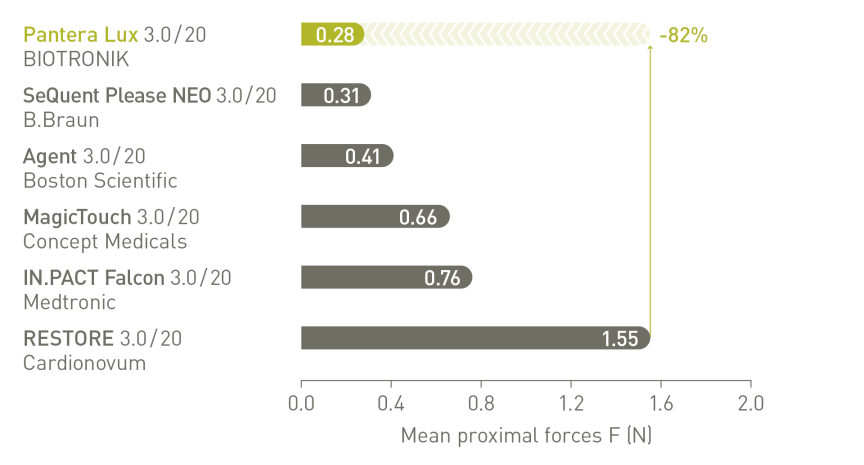Mehr als 3.900 Patienten wurden im Rahmen von klinischen Studien behandelt1-12,15-16
Klinische Ergebnisse aus zahlreichen Studien zu koronaren medikamentbeschichteten Ballons zeigen die Wirksamkeit und Sicherheit des Pantera Lux DCB bei einer Vielzahl implantatfreier Behandlungsoptionen.1-10
BIOLUX RCT (n=229)⁴
Der DCB wurde als nützliche Behandlungsoption für ISR bestätigt und hat den Vorteil, eine zusätzliche Stentschicht zu vermeiden.
REVELATION (n=120)⁸
Die Behandlung mit dem Pantera Lux DCB kann eine vorteilhafte alternative Strategie bei ausgewählten STEMI-Patienten unter primärer PCI sein.

